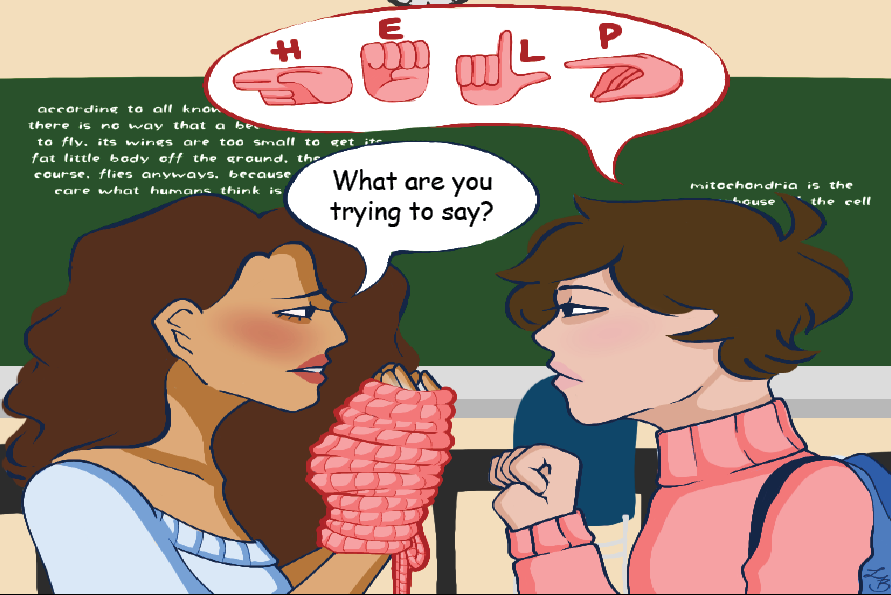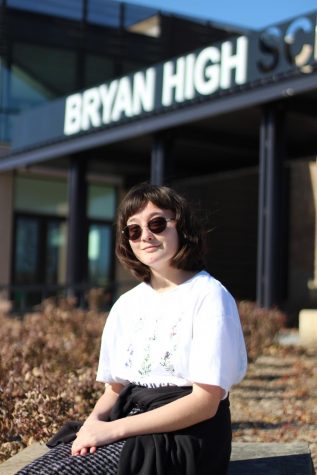Students missing out
American Sign Language courses should be offered in high school
December 13, 2019
A customer walks into a store and starts communicating in sign language. The problem is that none of the workers know sign language. There is no way to communicate or help the costumer other then by pen and paper, making the customer feel like a burden or the employee feeling helpless. Situations like this happen all around the world every single day.
Having an American Sign Language (ASL) course would benefit students in many ways. According to Handspeak, a content site on sign language, “bilingualism of any languages (whether signed or spoken) is a great booster for brains. It enriches and enhances your cognitive processes.”
Learning sign language improves brain development especially for children as they learn and remember more words. Children who learn ASL at a young age, on average have heightened reasoning skills and their IQ is raised by an average of 12 points, according to a study by Dr. Linda P. Acredolo from University of California, Davis and Dr. Susan W. Goodwyn from California State University.
Not only would learning sign language help students academically, but it would obviously help them in the real world. According to Gallaudet University, ASL is the sixth most common language in the United States with an estimated 250,000 to 500,000 who speak it.
Not long ago, a video from 2016 resurfaced and was trending on social media where a Starbuck’s barista taught herself ASL by watching YouTube videos. The video had well over a million views. Clearly, this was a big deal and people are interested in it.
While it is heartwarming that the young lady taught herself ASL, wouldn’t it be great if she already knew it because it was a common class in high school? Wouldn’t it be great if a multitude of students could learn the language in school then when they go to work and come across a deaf customer they could communicate with them without hesitation and make that person’s day?
Sophomore Linda Flores experiences this regularly as she watches people interact with her mother who is deaf.
While Flores learned Hispanic Sign Language when she was little so she could communicate with her mom, she has picked up on some ASL and appreciates the skill.
“It’s useful because there’s people around the world that are deaf and it makes human communication easier,” Flores said.
And while some may say that finding ASL teachers may be difficult, there are a variety of solutions to that. First, there are over 250,000 people who know and use ASL. Not all of them are deaf. Schools need to seek these people out and hire them. Another option would be to hire one ASL teacher per district and host online courses for students.
Our district prides itself on its use of technology, so why not put it to the test?


